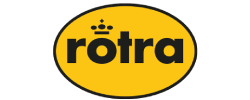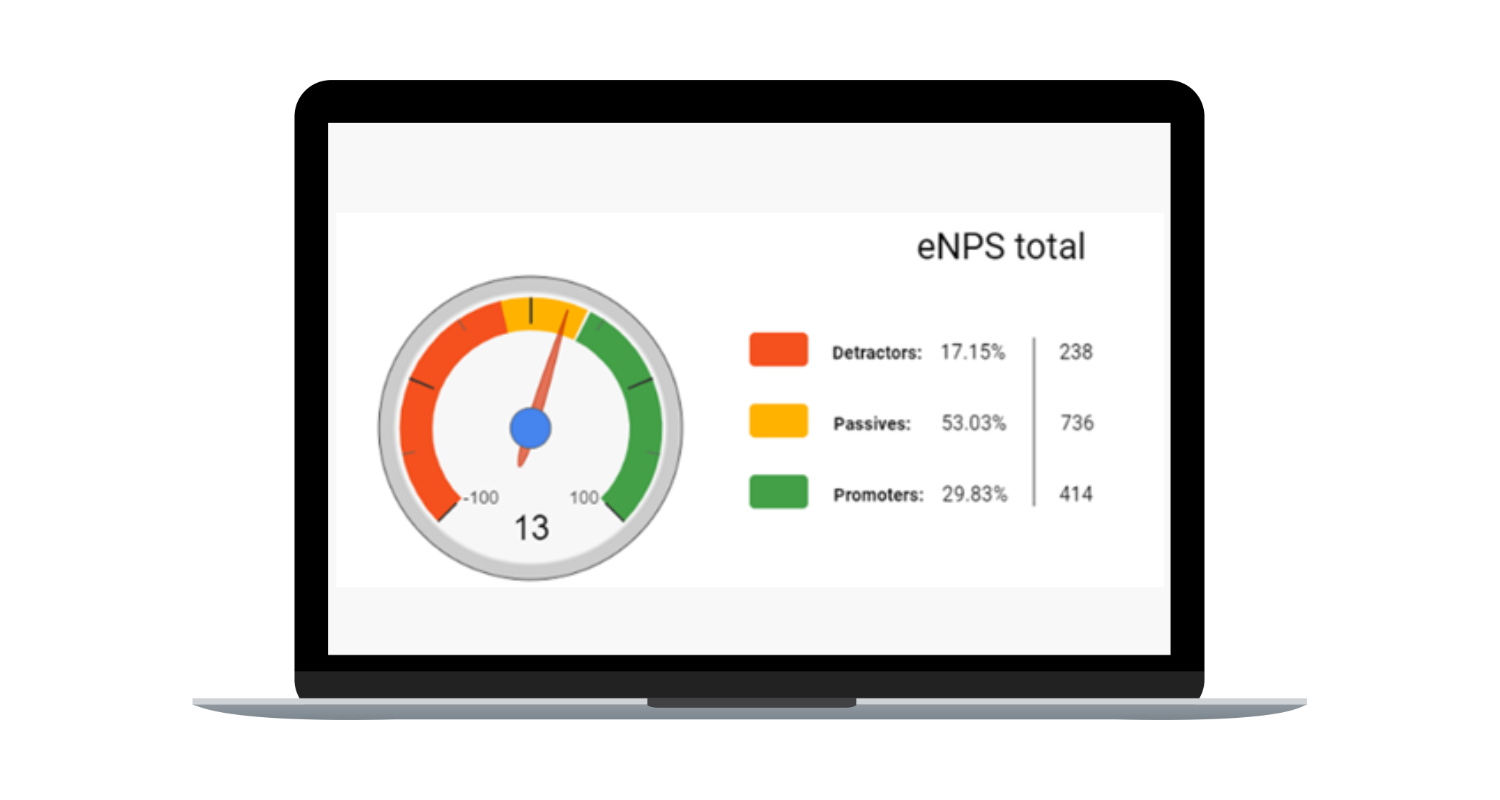What is an exit interview? Learn from your departing employees

By Robin van der Meulen | 17/01/2022
Of course you would rather not see employees leave! Especially in the current labor market, it's crucial that you can retain the talent in your organization for as long as possible. After all, turnover costs the organization a lot of money. Yet it is ultimately unavoidable. That is why it is important that you have a good and open conversation with departing employees about their reasons for leaving. Then you have the chance to close the gap early and prevent more attrition. How do you conduct such an exit interview? You can read that here.
Why is an exit interview important?
You want to understand why people leave your organization of their own accord. If there is a major problem that affects many people, it can cause a leak. If the leak is not repaired in time, the employees will flee.
Offboarding is a good way to uncover the leak. By combining an exit interview and an offboarding questionnaire, you can collect a lot of information about the nature of the departure. The more people that go through the offboarding process, the more data you collect. In this way, you gain insight into the main reasons for leaving. Once that's clear, you can take steps to eliminate those reasons, i.e. to solve the problems.
What do you want to know?
With an offboarding process and exit interview you want to achieve the following goals:
- Understanding the real issues behind the departure. So don't just focus on salary and conditions.
- Understand how the employee sees their role. This can help you promote employee motivation, efficiency, coordination and effectiveness.
- Understanding the leadership style issues.
- Generate ideas to improve the organization.
- Creating a positive employer brand. An exit interview gives employees the opportunity to express their feelings. If you do this right, it can ensure that they continue to speak positively about the organization.
1. Understand the real problem behind the departure
There are many reasons why someone leaves the organization. This may concern the organization that says goodbye to an employee. Think of dismissal, pension or an expiring contract. On the other hand, an employee can also say goodbye to an organization of his own accord. For example, due to new career opportunities or dissatisfaction.
During an exit interview, you mainly want to find out why employees leave on their own accord. These can be many more reasons than just salary and conditions. It can be about the atmosphere, culture, relationship with colleagues, relationship with manager, appreciation or a lack of recognition. It is therefore very important to enter into the conversation with an open attitude.
Ask open questions and leave assumptions behind
Try to really find out the problem by asking open questions during the conversation. It may very well be that you already have a strong suspicion of why someone is leaving. Leave this suspicion before entering the conversation. Go in as if you don't know anything about the situation. If you do take your assumptions with you, there is a chance that you will steer the conversation towards your suspicion, so that you listen less carefully to any other reasons for leaving.
Ask as many open questions as possible so that your conversation partner can tell you what the problems are. There are already enough closed questions if you send out a good survey. In the exit interview, the employee has the opportunity to make himself heard. Give him the space to do this and make sure he feels heard.
2. Understand how the employee sees their role
If an employee has only recently worked for an organization, tasks may still be unclear. This may be due to an ineffective onboarding system. On the other hand, employees may have been working for the same organization for a long time. Tasks can be lost and tasks can be added. In both cases, the boundaries of what does and does not belong in the job description are blurred. To prevent these situations, it must always be clearly communicated what exactly is expected of an employee.
The offboarding process is the last chance to get clear input for this. If the employee who is leaving has a different view of his work, obligations and responsibilities than you as a team leader or manager, it is necessary to find out how this could have happened. One of the reasons may be that the role has changed so much over the years that it is no longer clear to anyone exactly what the job description looks like. On the other hand, improvements may be needed during the onboarding process.
3. Understand the leadership style problems
Leadership is an important reason why people experience little or no job satisfaction. There are many different leadership styles that perfectly suit even more different employees. When a manager sticks to only one style, there is a very good chance that this does not match the character of a large part of the employees. As a manager, it is important that you can change your leadership style in order to be able to offer what the employee needs from you.
In an offboarding process it is important to question this possible problem. The employee leaves the organization and is therefore a lot less afraid to say what he really thinks about the leadership style. After all, he's going to leave. Nevertheless, it is important that the interviewee gets the feeling that he is helping the organization.
What comes up a lot is the difference between process-oriented and people-oriented managers. These are two leadership styles that are relatively far apart. For example, ask to what extent the manager can maneuver between these two leadership styles.
4. Generate ideas to improve the organization
No matter how well things are going in the organization, there is always room for improvement. Therefore, always ask for ways how things could be improved, especially from employees you would rather not see leaving. For example, they can indicate what it would have taken to not leave. They can also uncover important problems or provide unique insights.
As an interviewer it is especially important to listen carefully and to give the interviewee the space to talk.
5. Create a positive employer brand
An important side effect of a good offboarding program is the creation of a strong employer brand. A good program shows that you not only see the employees as workers, but that you also value them as people. If this program is properly put together, (almost) no one will leave the organization with an unpleasant aftertaste.
Even when the offboarding process is finished, you must keep in touch with the employees. Has someone moved to another city and started working there? Take him out to lunch. That way you not only show that you appreciate the former employees, you also show that the door is always open. It is also financially very attractive to attract former employees instead of completely new people. The former employees are already accustomed to the state of affairs and the culture, while a new employee has to get used to it for months before he is fully productive.
In this way, there is a good chance that the former employees will look back positively on the organization and that they will also talk about it positively in their new social circles. This way, everyone who wants to hear how well you treat your employees.
Take advantage of an exit interview
The starting point of an exit interview is that it is important to have a good conversation with the departing employee. Try to see it positively and learn from that person. This will ultimately only make your organization stronger!
Get started with the 2DAYSMOOD tool: a quick, easy and innovative measuring method. Request a free consultation now!
Want to know more?
Read more about this topic!
Prefer to spar with an expert? Request a free consultation about our employee survey or your issue!











Happy employees make happy customers
These (HR) managers use 2DAYSMOOD and make real impact!
How? Our measuring method is the renewed employee survey, because it’s faster, easier and science based. A continuous source of data with which you can improve your (team) culture step-by-step and increase employee happiness. In short, that is profitable for your organization!

Jan-Herman Hanskamp

Emma Sluman

Rita Blankenberg

Robin Gerritsen
Leading Organizations Work with 2DAYSMOOD













Get in touch for free advice, a demo or quick scan!
Always the employee survey that suits you.
Do you want to increase happiness in your teams? Collect feedback on a specific subject? Monitor stress in real-time? Or do you need a baseline survey to get insight in the drivers of your culture?
We are happy to help with your specific challenge, using:
- Our expertise, experience and energy!
- A demo of our tool (if you like)
- The opportunity to try it for free
- Or enjoy reading our brochure






